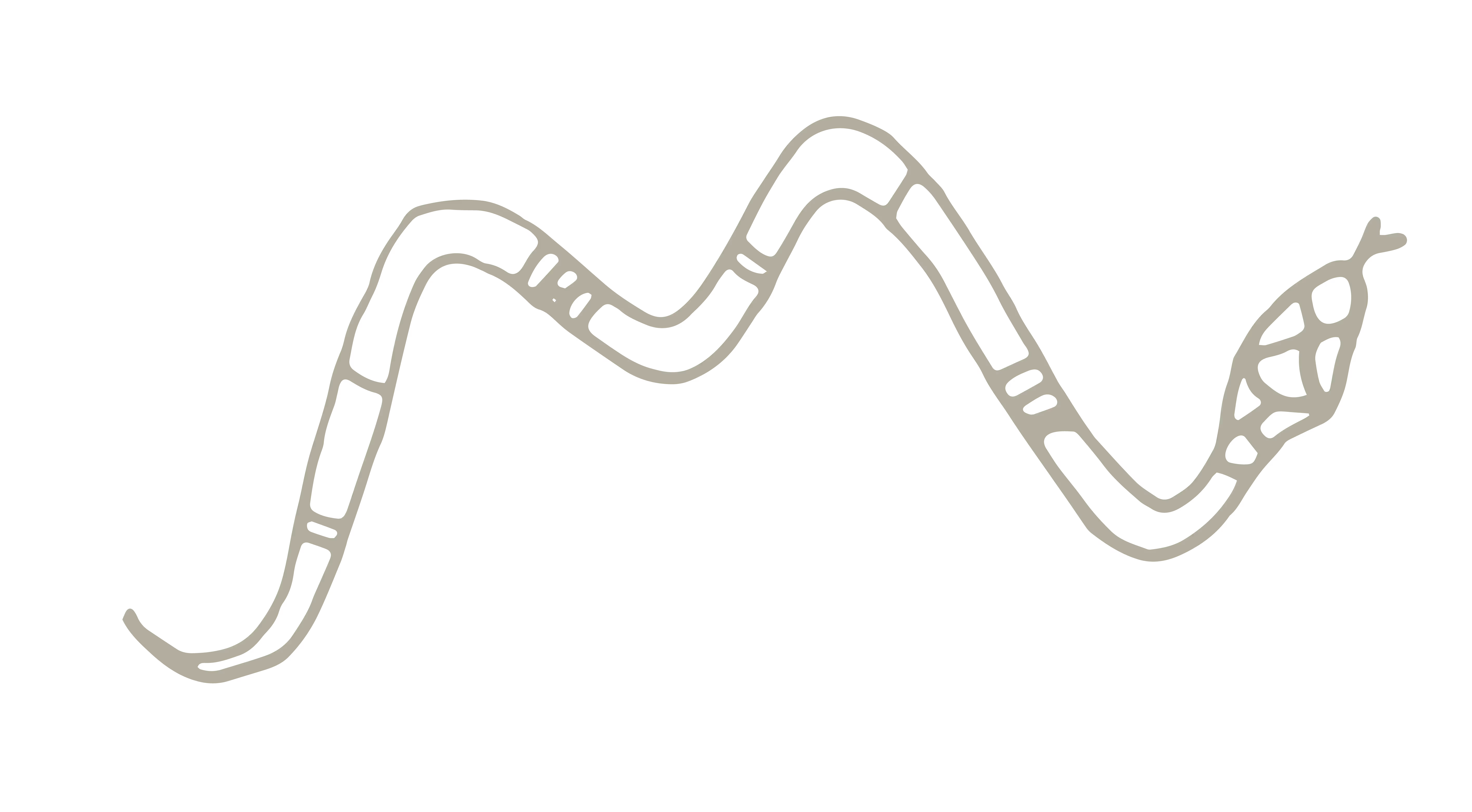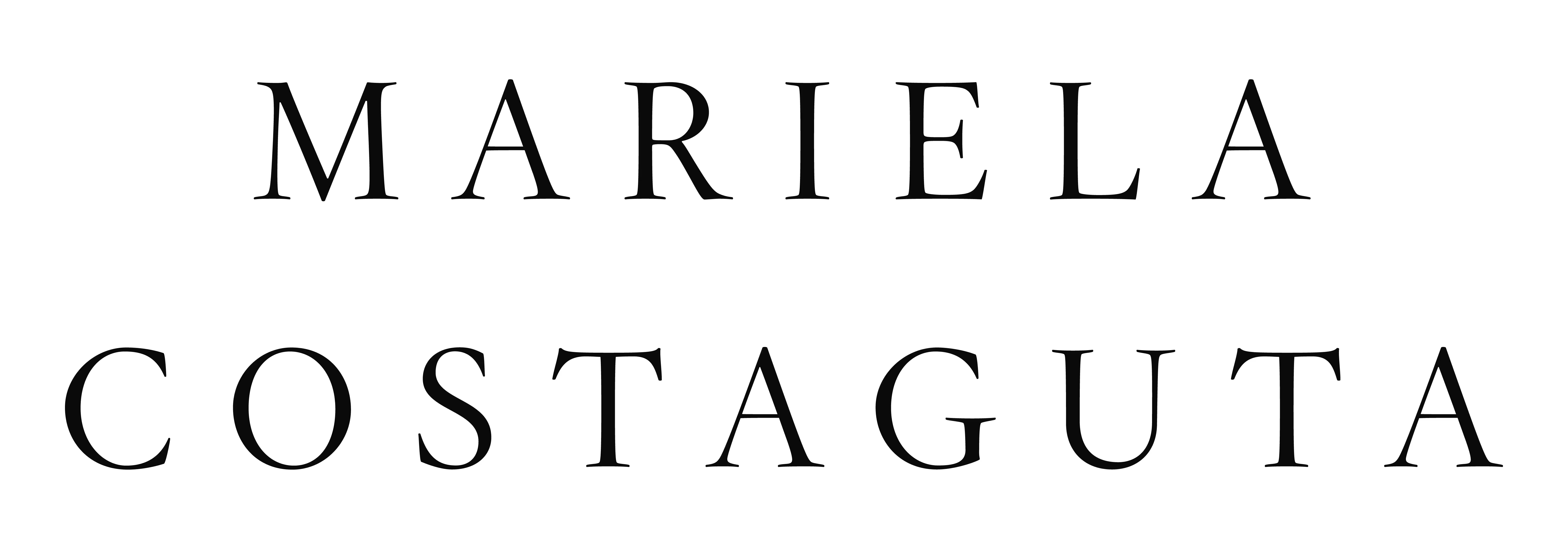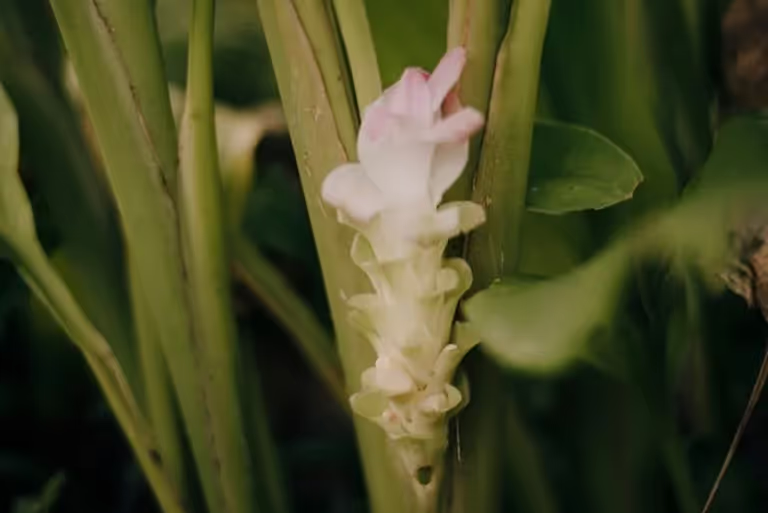


TRADITIONAL CHINESE MEDICINE
The rhizome of turmeric is extensively used in Asian cuisine, especially in India, where curries include it as a basic ingredient. Additionally, the Chinese pharmacopoeia contains three medicinal remedies derived from turmeric: Jiāng Huáng (姜黄), É Zhú (莪术), and Yù Jīn (郁金).

First, it should be noted that there are two generic varieties of turmeric zedoaria: longa and rotunda. In terms of identifying the corresponding Chinese medicinal remedies, the rhizome of turmeric longa is Jiāng Huáng (姜黄). In contrast, the rhizome of turmeric rotunda is É Zhú (莪术) and the tuber of turmeric rotunda is Yù Jīn (郁金).
Let's see the difference between them:
In the Chinese pharmacopoeia, turmeric plays a leading role. Both the rhizome (莪术, É Zhú) and the tuber (郁金, Yù Jīn) of turmeric zedoaria rotunda, as well as the rhizome of turmeric zedoaria longa (姜黄, Jiāng Huáng), are medicinal remedies that activate the blood and dissipate stasis (活血祛瘀药, Huó xuè qū yū yào). However, both Jiāng Huáng and Yù Jīn belong to the subgroup of remedies that activate the blood and relieve pain (活血止痛药, Huó xuè zhǐ tòng yào), while É Zhú is part of the subgroup that activates the blood and disperses concretions (活血消症药, Huó xuè xiāo zhèng yào).
姜黄 Jiāng Huáng: The rhizome of turmeric zedoaria longa is spicy, bitter, aromatic, and warm. It penetrates the liver and spleen. It is always used without cooking (生, Shēng). Activates the blood, mobilizes the Qì and relieves pain (in case of pain due to Qì stagnation and blood stasis: in the heart region, abdomen, and flanks; and in case of blows and falls, blocked menstruations, or postpartum abdominal pain) and releases the collaterals and relieves pain (in cases of wind-damp impediment, especially in the shoulders and arms, as it is a vector of the shoulders). 3-10 grams daily. 2-3 grams daily in powder. Contraindicated during pregnancy.
莪术 É Zhú: The rhizome of turmeric zedoaria rotunda is sweet, salty, neutral, and targets the heart and liver. Roasted with rice vinegar (醋炙, Cù zhì), breaks the blood (and the Qì) and dissipates stasis, mobilizes the Qì and relieves pain (in case of Qì stagnation with blood stasis generating concretions, conglomerations, and accumulations, blocked menstruations, abdominal pain, or pain in the heart region). It is systematically associated with Sān Léng. Without cooking (生, Shēng), mobilizes the Qì and disperses food retentions. 3-15 grams daily. Contraindicated during pregnancy and if there are profuse menstruations. Sān Léng is more potent for breaking the blood. É Zhú is for breaking the Qì.
郁金 Yù Jīn: The tuber of turmeric zedoaria rotunda is spicy, bitter, and cold. Its tropism is towards the liver, gallbladder, and heart. Without cooking (生, Shēng), or roasted with rice vinegar (醋炙, Cù zhì), activates the blood and relieves pain, mobilizes the Qì and resolves overpressure (in case of pain due to Qì stagnation with blood stasis leading to: chest pain, precordial pain, painful menstruations, breast distension, premenstrual disorders, flank pain, concretions, and conglomerations...) for this it is often associated with Mù Xiāng. Without cooking (生, Shēng), clarifies the heart, opens the orifices, and descends fire and phlegm (turbid phlegm or heat phlegm clouding the heart orifices generating mania and withdrawal or epilepsy), cools the blood and descends the Qì (in case of hemorrhages due to heat in the blood: epistaxis, hematemesis, bloody stranguria...) and disinhibits the gallbladder and reduces jaundice (jaundice or gallstones due to damp-heat). 5-12 grams daily (or 2-5 grams daily in powder). Contraindicated during pregnancy.